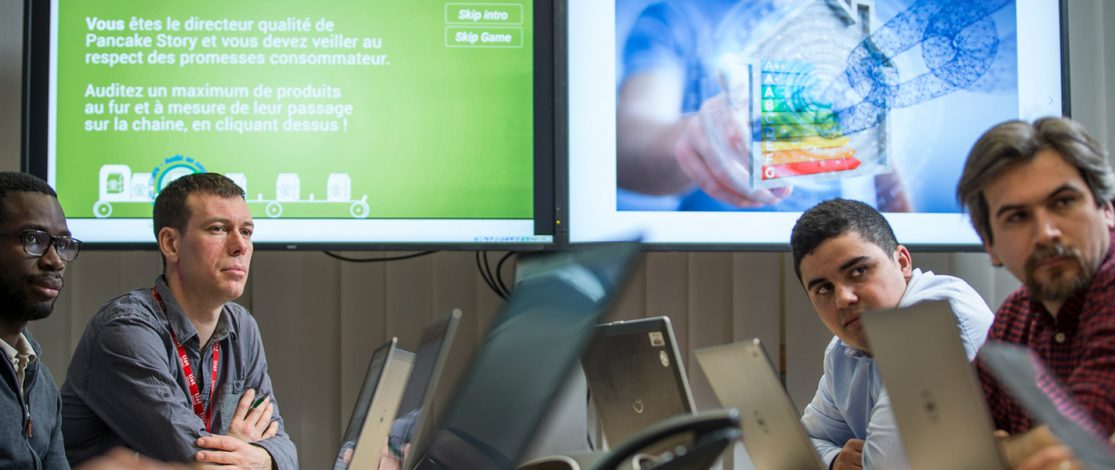MAX is a simulation environment for blockchain applications. It offers a library of ready-to-use blockchain models, like Bitcoin, Tendermint, Hyperledger, and more. Its agent-based simulation engine offers a wide range of testing scenarios for complex, distributed applications.
Selecting blockchain technologies and consensus protocols with the optimal power and security tradeoffs is a complex process. With the incredibly wide variety of possible approaches available, blockchain application development can quickly become a head-scratcher. To help developers make sense of the myriad of options and speed up their projects, CEA-List researchers developed MAX, a blockchain application testing environment.
MAX is a true digital laboratory. It offers a set of simulation modules and APIs that let users create models and test their behaviors in various situations. MAX is agent-based, allowing it to explore scenarios of any type and complexity and to evaluate model performance in terms of technology, cost, environmental impact, and security.
Aside from the basic modules for creating peer-to-peer networks, MAX’s library offers ready-to-use blockchains for experimentation: Bitcoin, Hyperledger, Tendermint, Sycomore, Bitcoin-Lightning, etc.
MAX is written in Java and is open source.
Main advantages:

Les technologies de type blockchain offrent des registres distribués immuables et sécurisés pour stocker des transactions sans organe de contrôle, mais elles manquent de fiabilité et ne passent pas à l’échelle. L’institut du CEA List développe des solutions pour renforcer la confiance et la performance des applications décentralisées de demain.
The EU ADACORSA project aims to support the expanding array of new use cases that take drones out of their human pilots’ line of sight, referred to as BVLOS (Beyond Visual Line of Sight) operations. One of its stated goals is to develop technologies that will secure the communications, authentication, and identification of these unmanned aircraft circulating over our heads.
CEA-List is a project partner, contributing scientific expertise in blockchain and multi-agent simulation to develop solutions based on distributed exchange architectures.
AGR4BS: A Generic Multi-Agent Organizational Model for Blockchain Systems, H. Roussille, Ö. Gürcan, and F. Michel. Big Data and Cognitive Computing 6, 1. 2022.
Blockchain Abstract Data Type, E. Anceaume, A. Del Pozzo, R. Ludinard, M. Potop-Butucaru, and S. Tucci-Piergiovanni. In SPAA 2019, Phoenix, USA, June 22-24, 2019, pp. 349–358.
A Computational Study on Fairness of the Tendermint Blockchain Protocol, N. Lagaillardie, M. A. Djari, Ö. Gürcan. Information (2019).
A generic testing framework for agent-based simulation models, Ö. Gürcan, O. Dikenelli, C. Bernon. Journal of Simulation. 2013.
[4] N. Lagaillardie, M. A. Djari, Ö. Gürcan (2019). A Computational Study on Fairness of the Tendermint Blockchain Protocol. Information.
Dissecting Tendermint, Y. Amoussou-Guenou, A. Del Pozzo, M. Potop-Butucaru, and S. Tucci-Piergiovanni. International Conference on Networked Systems (NETYS 2019), pp 166-182, 2019.